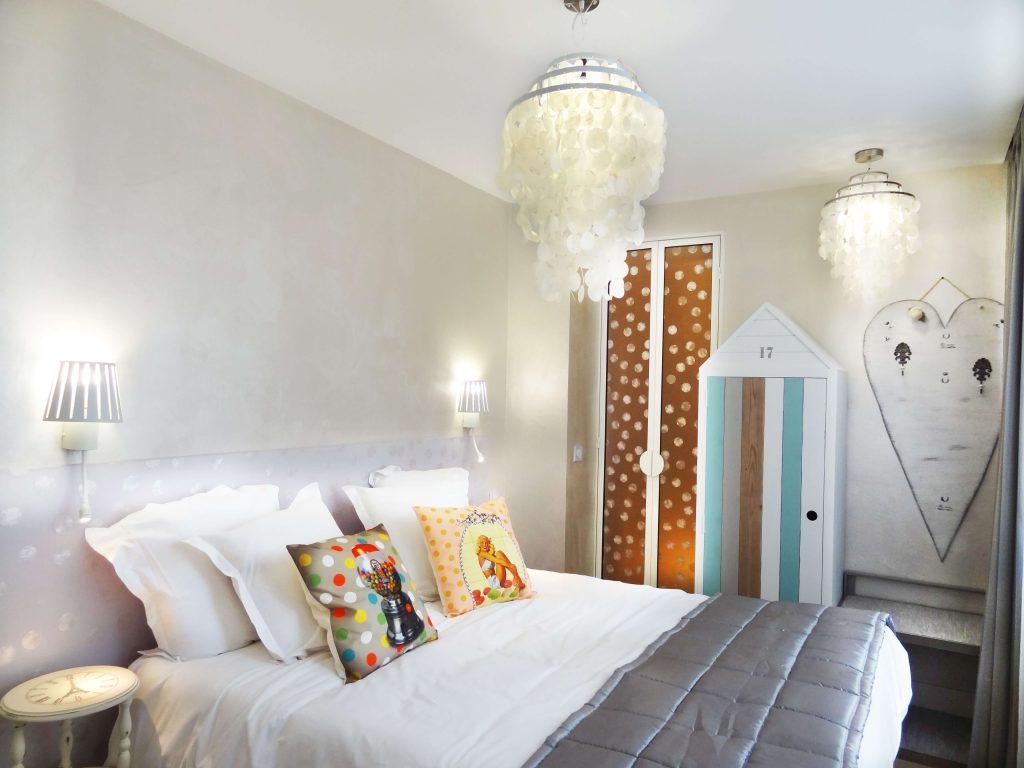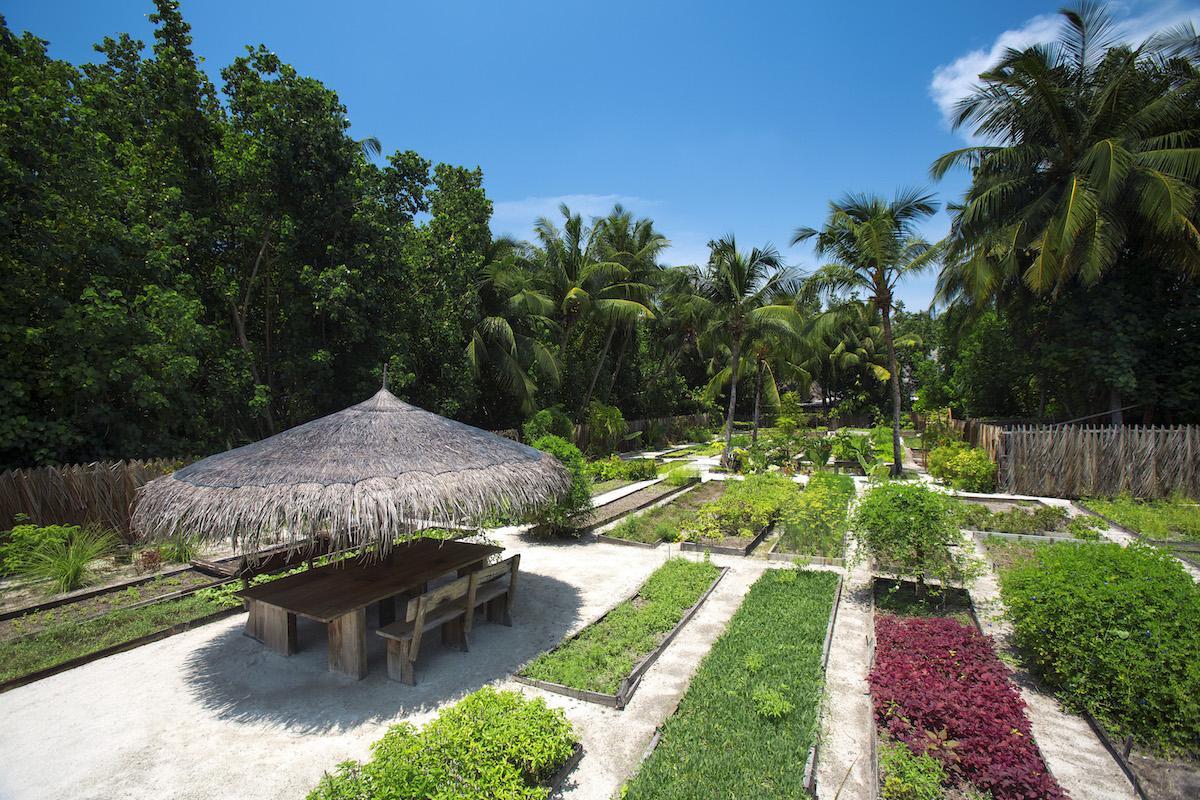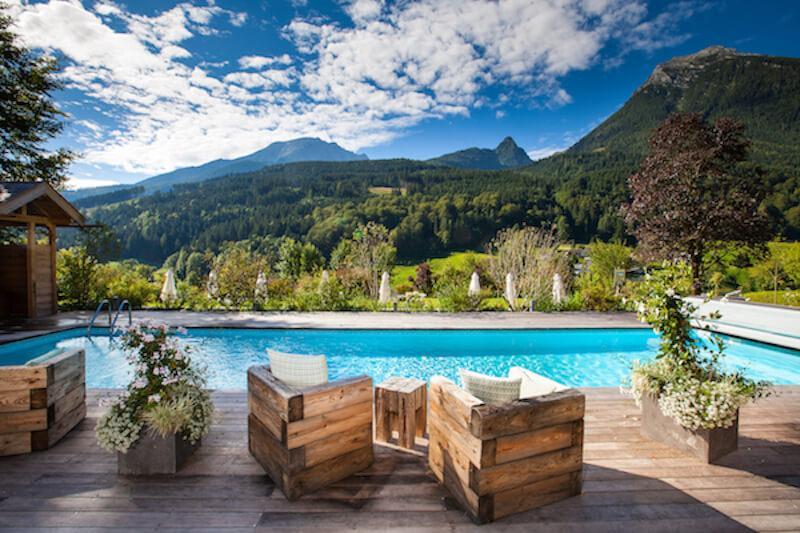This is an update from our sustainable-home-article from November 30, 2017
Can’t it be more sustainable? A question many of our Green PearlsⓇ partners ask themselves all the time. As a result, hotels and resorts have implemented a variety of measures to reduce electricity, water and heating costs, as well as waste and CO₂ emissions. Many of these measures can also be implemented at home! The beauty is that it often only takes one step to live greener for many years to come.
Going green – Planning and implementation
Living sustainably involves so many things… Do you sometimes feel like you are inconsistent, getting bogged down, and maybe paying too much attention to the wrong things? You’re not alone! And rest assured, it’s almost impossible to be perfect in all aspects. But from time to time, it’s worth taking a look at your own behavior and identifying where you can improve. To that end, let’s take a look at a few areas of the home to see what improvements can be made and which ones will have the biggest impact.
10 tips for a more sustainable home
#1: Power supply
Before we look at the biggest power consumers in your home, you can start by looking at the sources from which you draw electricity. One of the easiest tips: Switch to green power! Switching to a new power provider is easy – particularly since it’s part of the provider’s service to help you do so.
When making the switch, make sure it is truly green electricity, 100% renewable and not nuclear or coal-fired. You can find comparisons of green power providers in your area on the internet. You will also find the electricity tariffs there – green electricity is usually a bit more expensive, but if you implement some energy saving measures (see point 2), it shouldn’t be noticeable.

Power plant on your balcony
Many of our Green PearlsⓇ partners generate their own electricity. Some accommodations, such as the newly opened OLM Nature Escape in South Tyrol, are completely energy self-sufficient. Many others generate at least a large percentage of their own power. Das Rübezahl, for example, a boutique hotel in southern Germany near Neuschwanstein Castle, has been generating about 90 percent of its electricity needs since 2021 with its own photovoltaic system and a combined heat and power plant.
If you want to be an active part of the energy transition, but don’t have the opportunity to install a full rooftop solar system or geothermal probes right now, you could consider a balcony power plant. This is particularly worthwhile if you have a south-facing balcony. A Balcony Power Plant is a small, plug-and-play solar system that allows you to generate up to 600 watts of electricity (soon to be 800 watts) without the need for permits or bureaucratic hurdles.
- The installation of a Balcony Power Plant is simple and can be done by anyone. The system can be connected to a household outlet (via the supplied inverter and cable).
- The electricity is not stored or fed into the grid. This means that it must be used directly. Therefore, it is particularly worthwhile for the operation of refrigerators and freezers.
- According to the Consumer Advice Centre, a standard 380-watt balcony system (optimally positioned) can generate 280 kWh per year. This corresponds to the annual consumption of a refrigerator and washing machine in a two-person household and saves around 56 euros in electricity costs.
- The cost of a single module is between 360 and 600 euros. This means that it will take several years to recoup the investment. So, make sure that you can position it optimally to get the most out of its output. Otherwise, it is just a nice gimmick that makes you feel good.

#2: Power consumption
You can reduce power consumption in every area of your home. This not only conserves resources, but also saves you money. Electricity is often used unnecessarily anyway due to standby functions, etc.
These are the top 10 energy wasters in the home, according to EON:
- Old heat pumps
- Electric stove
- Freezer
- Fridge
- Lighting
- Dryer
- Dishwasher
- Washing machine
- TV
- W-LAN
Although televisions and wireless LANs are at the bottom of the list, it’s estimated that our entertainment devices consume about one-third of all electricity! So it reallly pays to use energy efficient devices.
- When choosing a TV, check to see if it has HDR (High Definition Range). This feature makes the picture look more vivid but uses a lot of power. You can safely turn off HDR, especially when watching things like news, YouTube channels, or cooking shows!
- You can also save power by using a power strip with a red off button. This way, you can turn off all devices from standby with the push of a button.
Sleep without “electrosmog “

All electrical devices (including household appliances, telephones, etc.) emit a certain amount of radiation. It is not really “smog”, which is a very high level of pollution in the air, but is commonly referred to as “electrosmog”.
Even though radiation from household appliances is scientifically considered harmless to health, some people are concerned about the effects.
In the Green Spirit hotels in Paris, there are rooms that use an alternative technology to shield their rooms specifically against electrosmog.
If you too want to sleep “without radiation”, simply remove your cell phone from the bedroom at night and unplug other electrical devices.
#3: Heating
In order to save on heating costs, you can install smart heating thermostats on your radiators. The Naturhotel Outside in the Hohe Tauern Alpine National Park in East Tyrol, for example, recently made the switch. By optimizing heating curves, the hotel expects to save about 25 percent of its heating energy – without sacrificing warm rooms for guests.
#4: Light
Switching to LED bulbs is another way to make your home more sustainable. Unlike other bulbs, LED bulbs do not contain mercury. They also glow at full brightness when turned on and are extremely durable. Many hotels, such as the Biohotel Bella Vista Zermatt, have long used LEDs in combination with timers and motion detectors and thus save a lot of energy. And of course, remember to always turn the lights off when you leave the room 🙂
#5 Repair, renovate and restore
Renovating or restoring old buildings and furniture saves plenty of resources and contributes to significantly lower CO2 emissions than constantly buying and building new things. Best of all, old materials tell countless stories, decades and sometimes centuries old, creating an exceptional atmosphere. One such example is the Hotel Klosterbräu in Seefeld, Tyrol. The hotel was built on 500-year-old monastery walls and has been family owned for 200 years. The Seyrling family has skillfully highlighted the old walls through careful renovations.
Purchasing new furniture is often cheaper than keeping old furniture. However, you won’t get the same quality, and cheap pressed furniture can emit harmful substances like formaldehyde.
In my own experience, the cost of an upholsterer to restore an old couch is more than the price of a new one. But eventually, we were able to choose the exact fabric we wanted, the couch already fit perfectly in the corner, and he even made matching pillowcases and a throw for us. In the end, we supported local crafts and did something for sustainability.
The Gut Sonnenhausen eco-hotel near Munich is home to beautiful old, restored 18th-century farm cupboards.
Tip: For some great upcycling ideas for your home, check out this blog post on upcycling inspiration.
#6 Natural Materials

Being surrounded by furnishing made of natural materials simply makes you feel more comfortable. The local Swiss stone pine wood, for example, is said to have a calming and sleep-inducing effect, which you can learn more about in our blog post on Swiss stone pine wood.
At the Lifestylehotel SAND on the Timmendorfer Strand, you’ll sleep especially well on natural beds from Coco-Mat, which are hand-made in Greece using renewable raw materials such as cotton, algae, wool and wood.
In general, more and more hotels are starting to build entire hotel rooms from natural materials that are fully compostable or recyclable, in line with the principles of the circular economy. The SCHWARZWALD PANORAMA recently received an award for its “Circular Living” hotel room concept. It won third place in the German Tourism Award and was also one of the three finalists for the “German Corporate Sustainability Award.”
#7 Saving water

Most of us don’t want to do without the warm shower – especially in winter. Thereby we accept that we use huge quantities of water just to enjoy it on our skin one minute longer. That is why the Hotel Luise relies on the showers by Orbital Systems, which the Swedish enterprise originally developed for NASA. Meanwhile, these showers are not only to be found in the Hotel Luise, but you can also buy them for your home. Due to a special technology the water is purified in a closed loop and continually reused while you are showering. Thereby you do not only save 90 % of water and energy, but you can also take your shower with a clear conscience.
#8 Clean – without chemicals!
Many of our partner hotels, like the HUBERTUS Mountain Refugio Allgäu or the Hotel Weihrerhof in South Tyrol, rely on Miro steam cleaners or micro dry steam cleaners. According to the Hotel Weihrerhof, they can also be used to clean upholstered furniture and curtains.
Advantages of micro-steam cleaning:
- Cleaning without chemical detergents
- Low water consumption
- Reduced physical demand
Steam cleaners are also available for home use. While smaller in size, they are a promising option for environmentally friendly cleaning. The list of natural cleaning products in supermarkets and drugstores is growing, making it easy for even the average consumer to do without dry cleaning. Most cleaning jobs can be done with just a few household products, such as vinegar essence, baking soda, soda, and citric acid.
#9 Zero-Waste kitchen

A large part of our daily waste is produced in the kitchen due to the packaging of pre-prepared food as well as fresh ingredients. On the weekly markets in your city you can usually buy regional and above all seasonal ingredients without plastic packaging that you can directly put into your shopping bag. There is also a lot of food that you can grow at home. Just keep in mind: where there is a will there is way. For example, the Gili Lankanfushi on the Maldives managed to create an organic garden by means of a special composting system: that way, potatoes, carrots and much more grow in a place where before there has only been sand. So, if you do not have a garden, you can be creative in your kitchen using vertical indoor wall gardens, flower boxes for your windowsill or simply a few herbs in a pot.
#10 Become a little more vegan
Now that we’ve considered zero-waste, electricity and water consumption, let’s take a look at what we eat. It is a well-known fact that animal products in particular cause a lot of climate-damaging greenhouse gases. One alternative is to opt for a vegan diet. The LA VIMEA Hotel in South Tyrol is the first purely vegan hotel in Italy – you won’t find any animal products here. Other hotels are less radical but have added vegan alternatives to their menus and breakfast buffets. How about homemade hummus for a change, or vegan chocolate brownies? Both recipes stem from Hotel Paradiso Pure.Living on the Alpe di Siusi, which caters to vegans and vegetarians.
Did we forget anything? Most certainly! Please let us know in the comments what other tips you might have for going green at home.


 (2 votes, average: 4.50 out of 5)
(2 votes, average: 4.50 out of 5)

